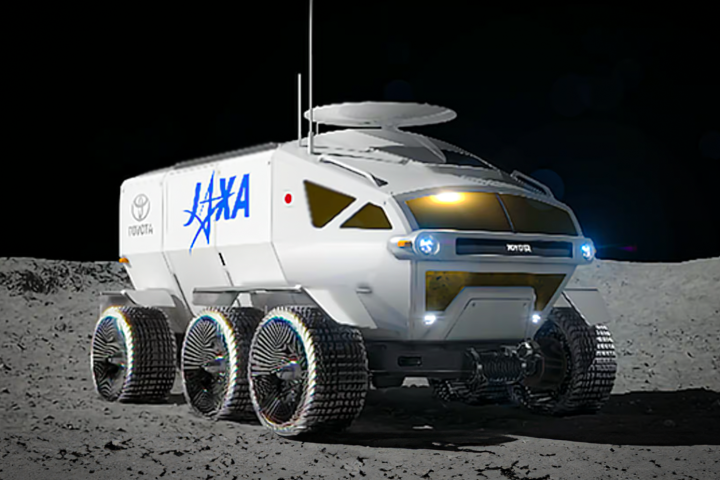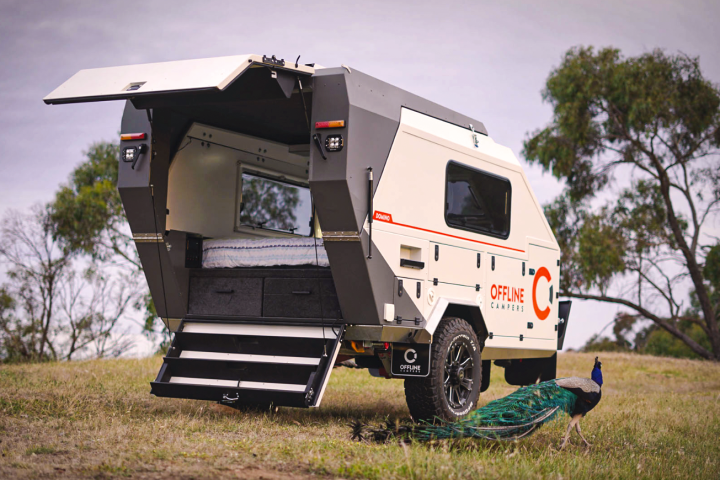The US Tennessee Valley Authority (TVA) and Kairos Power have announced a new agreement to build Kairos' Hermes low-power demonstration molten-salt cooled, pebble-bed reactor at the East Tennessee Technology Park (ETTP) in Oak Ridge, Tennessee.
With the pressures of climate change policies and official opposition to fossil fuels in the US, nuclear power is looking increasingly attractive, but it isn't a matter of building more of the huge pressurized water reactors that have dominated the American nuclear industry since the 1950s. Currently, agencies like the TVA, which generates 40 percent of US nuclear power, are more interested in advanced and unorthodox plant designs, like small modular reactors and pebble-bed reactors like Hermes.
In a conventional reactor, the fuel is in the form of pellets of enriched uranium or plutonium set inside of fuel rods placed in a geometric array interspersed with control rods to form the core of the reactor that is immersed in water. The fuel rods sit close enough together to start the nuclear reaction, the water moderates or slows down the neutrons spewed by the splitting atoms to maintain the reaction, and the control rods keep the reaction from going out of control and causing a meltdown.
In a pebble-bed reactor, the rods are replaced with tennis-ball-sized spheres made of layers of enriched nuclear fuel and graphite, which acts as the moderator, and clad in ceramic. Thousands of these spheres or pebbles are poured inside the reactor, where they set off and sustain the nuclear reaction at high temperatures without the need for control rods. In most pebble-bed reactors, the core is usually cooled by a gas like helium, nitrogen, or carbon dioxide. Though the concept of the pebble-bed reactor has been around since 1947, and the principle is simple and self-regulating, there have been a number of technical hurdles to overcome, so the reactors that have been built have all been research or prototype designs, but no fully operating plants have been constructed.
According to Kairos, Hermes is a demonstrator reactor for developing the technologies that will go into advanced future reactors for actual service. Instead of gas, it uses molten fluoride salts. Where water has a temperature range of 100 °C (180 °F), from melting to boiling, and can suddenly flash into steam under the right conditions, fluoride salts have a range of over 1,000 °C (1.800 °F), which allows them to transfer huge amounts of heat at ordinary pressures. In addition, they're chemically stable, can operate without bulky and expensive high-pressure containment structures, and, in the event of a reactor failure, they can keep the core cool by natural circulation.
When up and running, Hermes will put out 140 MWE at an operating temperature of 585 °C (1,085 °F) using pebbles containing fuel enriched to 19.75 percent.
"We look forward to collaborating with TVA, and drawing upon the well-versed knowledge and expertise of their team," says Mike Laufer, Co-Founder and CEO of Kairos Power. "Kairos Power and TVA have a shared commitment to improving people’s quality of life and pursuing innovation through advanced nuclear that provides reliable, clean energy for the future."
Source: Kairos Power





